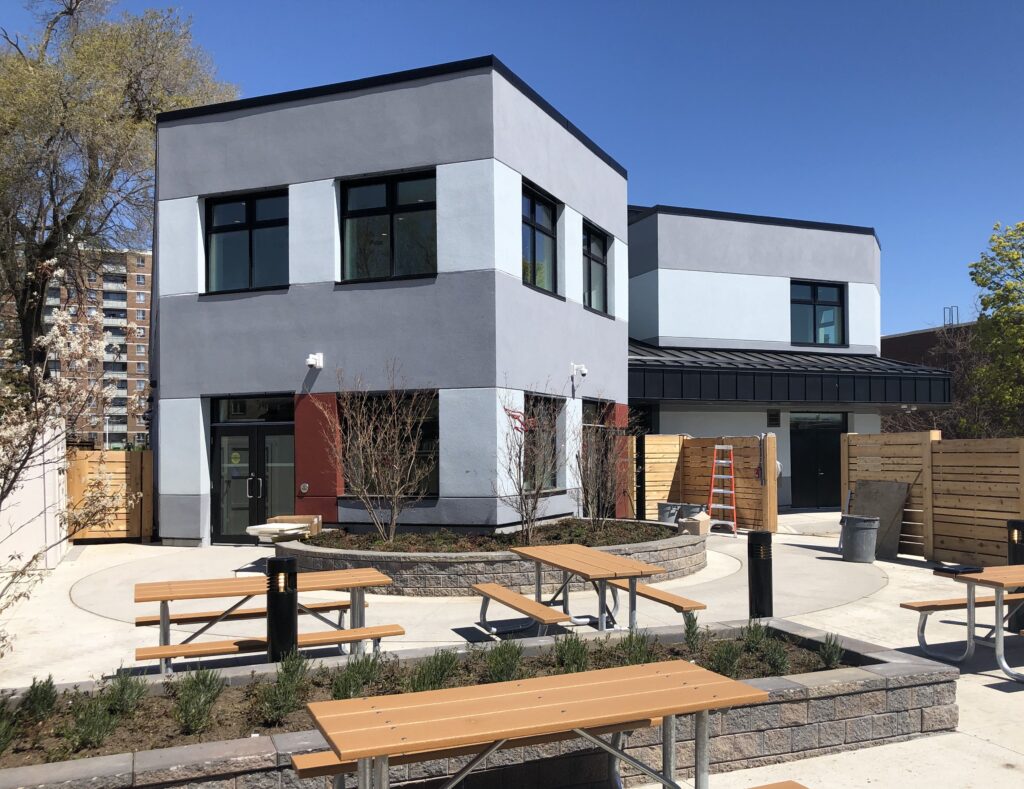Office-to-Residential Building Conversions
In a post-covid world, office vacancies have risen dramatically just as residential vacancies have declined to crisis lows. Naturally, building conversions have emerged as a potential solution for owners and developers seeking to capitalize on their languishing assets. While an attractive option at face value, the adaptive re-use of existing commercial office buildings to residential rental apartments does pose several challenges despite the obvious benefits and isn’t financially viable for every vacant property.
“When income statements yield dramatically lower revenues, the excitement to pivot and convert unused office space into residential apartments is warranted,” explains Paul Fritze, Principal at RJC Engineers. “But not all vacant buildings are a good candidate for this opportunity.”
 According to Fritze, here are five key considerations when determining which properties are right for building conversions:
According to Fritze, here are five key considerations when determining which properties are right for building conversions:
- Zoning, Permitting & the Legal Landscape
One of the main benefits of converting office buildings into residential apartments is the potential cost and time savings compared to new developments. However, these advantages can be negated if developers encounter significant hurdles in meeting residential municipal zoning requirements.
“Conducting a thorough planning study during the due diligence phase will identify zoning and permitting requirements early,” advises Fritze. “A proactive approach helps avoid, or at least minimize, the need for zoning amendments, which can save time and resources.”
- Residential vs. Commercial Requirements
When converting commercial spaces to residential use, developers must look for specific building features and requirements that are integral for the new use; this includes window placement and ventilation systems; fire safety and egress routes; plumbing and electrical systems; and sound attenuation between the units.
“Typically, residential buildings have more stringent requirements,” Fritze says. “For example, apartment units require more extensive plumbing for kitchens and bathrooms, and electrical systems must be designed to handle higher loads due to appliances and lighting. Commercial buildings often have different acoustic requirements, so additional soundproofing measures may be necessary during the conversion. Understanding local regulations can streamline the approval process and ensure that projects remain feasible.”
- Fenestration & Floor Plate
The design and layout of a building will have significant impact on the success of an office-to-residential conversion. In addition to the placement of windows (fenestration), which will largely determine where bedrooms and living areas can be located within the converted units, office buildings often have square floor plates, which can result in inefficient layouts with excessively sized corridors and wasted space.
“Rectangular buildings with shallower depths are generally more suitable for conversion, as they allow for a better use of space and improved natural light distribution,” Fritze says. “Developers should prioritize buildings with floor plates that lend themselves to residential use, such as targeting underutilized Class B or C office spaces, as these buildings may offer more flexibility.”
- Existing Infrastructure
The ability to use existing infrastructure in office-to-residential conversions offers significant sustainability benefits by reducing demolition waste and conserving resources. By reusing structural elements like foundations and beams, preserving the building envelope, upgrading rather than replacing mechanical, electrical, and plumbing systems, and repurposing interior finishes, developers can minimize environmental impact and reduce costs.
“A sustainability-centered approach aligns with urban development goals and appeals to eco-conscious residents,” says Fritze. “These buildings should be both environmentally friendly and economically viable.”
- Government Incentives & Financial Support
Financial incentives from government programs can be the deciding factor in the feasibility of an office-to-residential conversion project. The City of Calgary, for instance, has introduced a successful incentive program offering $75 per square foot for conversions, along with fast-tracked approvals. This initiative aims to revitalize the downtown area, and it has been so popular that applications are temporarily paused while additional funding is secured.
“Office-to-residential conversions play a role in addressing Canada’s housing crisis by quickly increasing housing supply without extensive new construction,” Fritze concludes. “They can mitigate soaring housing prices and rental rates, promote sustainability by reducing waste and resource use, and revitalize urban cores as workforces shift away from traditional offices. By supporting conversions, governments can effectively tackle multiple problems at once while creating vibrant, dynamic urban areas.”
For more information on office-to residential building conversions, visit www.rjc.ca or contact Paul Fritze directly at [email protected]
The post Office-to-residential building conversions appeared first on REMINET.

